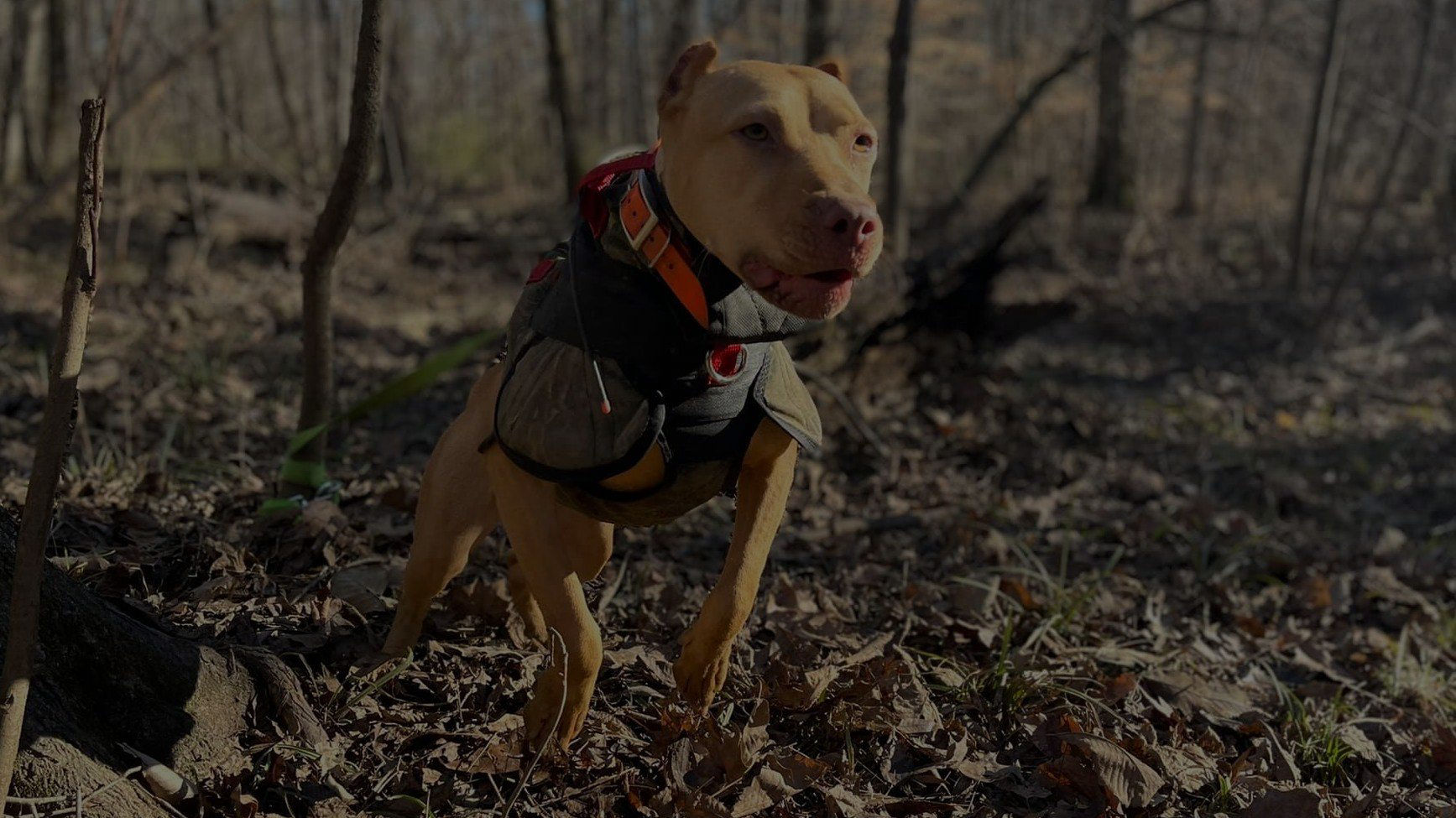

Southern Inferno Kennels
A little info on Hog Hunting with Dogs
Wild boar/feral hogs are a non-native, invasive species. Cultivated crops and row crops make up a significant portion of their diet. Wild hogs also prey on young native and exotic wildlife, livestock, and other small vertebrates. Hog predation on livestock is a serious problem.
Feral hogs kill and consume lambs and kid goats, especially during lambing and kidding seasons. Physical evidence of hog predation may be hard to detect because the entire animal may be consumed. Feral hogs also will kill ground-nesting birds such as quail and turkey and destroy their nesting sites.
A survey by the Georgia Wildlife Resources Division found that 137 of the state's 159 counties now have feral hogs. The population showed a 350 percent increase in distribution since a similar survey was conducted 15 years ago.
Right now there are only three options to curb the spread of these dangerous invasive species; spot and stalk hunting with rifles, trapping, and hunting with dogs. All methods can be effective and are often used in conjunction. Wild hogs are extremely intelligent animals, with pressure from hunters hogs will quickly turn nocturnal.
This makes hunting with rifles very limited. Traps also have their limitations. Hogs will quickly develop a negative association with them and avoid at all cost despite bait, thus making their effective time range limited.
Hunting with dogs, while possessing its own limitations is often the only effective means for nuisance hog removal. Dogs can hunt at night and are able to locate hidden hogs that the human eye could never spot. Bay dogs are utilized to locate and corner the hog while catch dogs will come in and take hold of the hog until the hunters can come in and tie the hog for live removal or dispatch the hog if in an area where live removal is not permitted by law.
Hog hunting with dogs has been performed for hundreds of years as illustrated by this 400 year old painting below. An interesting note is that as seen in this painting, the techniques have remained largely unchanged for over 400 yrs. Today the scene would be depicted much the same with the exception being the addition of more protective measures for the dogs such as "cut gear" made out of kevlar, which the dogs wear to guard against the boars razor sharp tusk, and tracking collars which use modern technology such as GPS to prevent the loss of dogs in the field.
A few pics from some hunts







